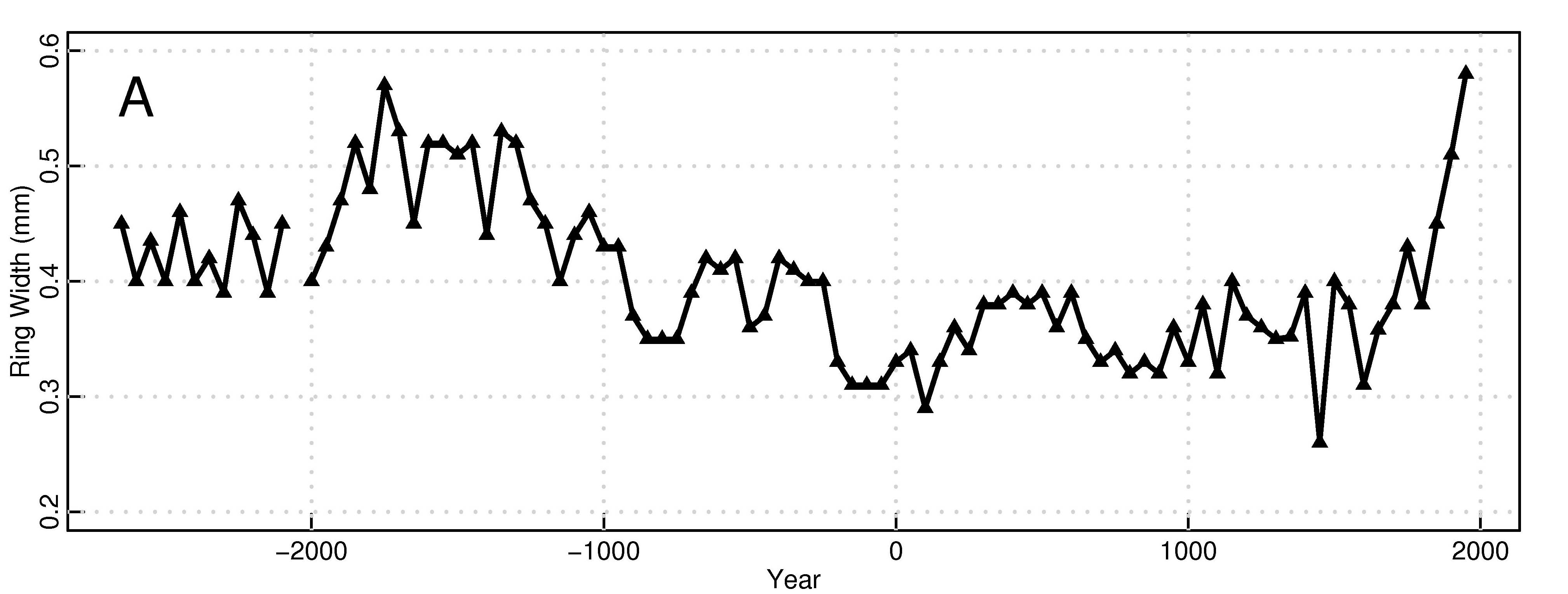We received a letter with the title ‘Climate Change: The Role of Flawed Science‘ which may be of interest to the wider readership. The author, Peter Laut, is Professor (emeritus) of physics at The Technical University of Denmark and former scientific advisor on climate change for The Danish Energy Agency. He has long been a critic of the hypothesis that solar activity dominates the global warming trend, and has been involved in a series of heated public debates in Denmark. Even though most of his arguments concern scientific issues, such as data handling, and arithmetic errors, he also has much to say about the way that the debate about climate change has been conducted. It’s worth noting that he sent us this letter before the “CRU email” controversy broke out, so his criticism of the IPCC for being too even handed, is ironic and timely.
Update – the link in the letter is now fixed. -rasmus

